So you’re selling a product and you’ve come up with a fantastic e-commerce site. But, you seemed to have reached the ceiling when it comes to growth in your different marketing channels. You’ve seen the ads on Google’s search results and have seen the ads when researching different products, and it made you curious. Congratulations! You’ve just discovered PPC, which is going to be our focus topic for this week. So follow along, we’ll get you started down the road of making sure you know what platforms there are to choose from, what analytics you should pay attention to, and how to get started becoming a PPC monster!
Basics of PPC
Before we dive in, let’s take a few minutes and go over, exactly, what PPC is. PPC (pay-per-click) marketing is a form of online advertising in which businesses accrue costs when users click their ads (i.e. Google Ads on the top and right-hand side of search results). These businesses bid on different keywords and audience types, which a search engine matches to different search queries and pre-defined lists.
PPC can be used for all sorts of campaign goals, including increasing sales, generating leads, and promoting brand awareness. PPC ads are all about relevance and gives businesses the ability to show a targeted ad at the exact moment someone is searching for a product that they sell. For example, let’s say someone is looking for knitting needles, and you happen to sell stainless steel, high quality knitting needles. The prospective customer searches for knitting needles, and low and behold, your product shows up in an ad on the search engine displaying your knitting needles for sale.
Advertising Platforms
Alright so now that we went over what PPC is, we need to discuss where you can advertise your products outside of Google’s AdWords. Because, if you’re just using Google you’re going to have a bad time. There are a lot, and I mean, a lot of options out there for advertising. Here’s a couple of the top ones that are great for e-commerce:
Nextag claims to be the #1 comparison site in traffic, revenue, and GMV (gross merchandise value). They offer free tools such as a ROI tracking system, promotional platform for voucher codes, buyer reviews, and a trusted sellers program. Additionally, they offer no listing fees or set-up costs, and you only pay, when they “refer you to a qualified lead.”
Yes, you can serve product ads on Amazon! You can upload your products manually, or send them a list via FTP. They’ll populate the ads with the information you send them. You can set and track your budget and ad space provides click through to your e-commerce store. The only fee you pay is a CPC (cost-per-click) fee. They also provide different formats, such as detail page, search & browse, buy box, and tower ads, (to find out more of these different ad formats click here). Also, when you sign up, you get $75 in free clicks to start, talk about a nice incentive.
Tracking
One of the most important things when it comes to setting up your PPC campaign is making sure that you’re implementing the proper tracking codes so that you can track goals and optimize your accounts to get the most ROI. The best place to set up your tracking and goals is with Google Analytics, since it will allow you to track your AdWords account along with the other advertising platforms you choose to use.
Google has a great guide in how to set this up and how you can implement the code on your site. Word of warning though this part is where it gets extremely technical, so if you’re programming illiterate, either find a how-to guide or hire a freelancer to set this up for you. Trust me, you want to get this right the first time.
While setting up tracking might be a hassle for you, time-wise or financially, I advise that you don’t even bother with a PPC campaign for your e-commerce site if you don’t have the proper tracking. Otherwise, you won’t know where the leads are coming from, and you won’t know what is working and what isn’t.
Keyword Research
Next, you’re going to want to start researching keywords for your campaigns. My advice is that you start with your own site, specifically, your products. Going through all your products is the easiest way to find the keywords you want to target, because it’s simply finding the keywords that people would use to find your products through the search results. Make sure you keep all these keywords grouped by product, it will help later when you’re going back to research specific products in that product category.
To make the process quicker, I recommend using the Google Keyword Tool. Let’s take the knitting needles example I used earlier, when I type it into the keyword tool, this is what I get:


This is where the tool gets really robust, this goes into iterations and close relations to the keywords you chose, and the ad groups break down individual keywords associated with that ad group. Additionally, you can have it expand the list by having the program find more keywords like the ad group you clicked on.
Each one of these categories can be expanded to show a whole new slew of keywords. I recommend using this tool to get the bulk of keywords you’re looking for with minimal effort. Additionally, once you’re done researching you can export the list to an excel spreadsheet or you can curate the list right in the tool!
Well, that’s it for this week, next week we’ll go into detail about structuring your ads and setting up budgets for your ads. See you next week for part 2!



